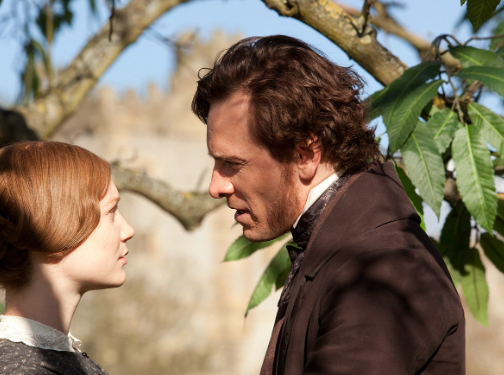Exploring Jane Eyre and the Byronic Hero: A Literary Enigma
The classic novel “Jane Eyre” by Charlotte Brontë remains a cornerstone of literature due to its rich themes and complex characters. One of the most intriguing aspects is the presence of the Byronic hero, exemplified by Mr. Rochester. This discussion not only deepens our understanding of the characters but also illuminates broader themes of rebellion, morality, and redemption in literature.
The Essence of the Byronic Hero
The Byronic hero, a term derived from the works of Lord Byron, represents a flawed yet charismatic character who wrestles with deep internal conflicts. Typically marked by melancholy, mysterious pasts, and a sense of revolt against societal norms, these heroes often serve as both fascinating and tragic figures. Mr. Rochester embodies this archetype, showing vulnerability and strength. His brooding nature and tumultuous relationship with Jane challenge her ideals, making the reader question whether love can truly redeem a flawed character.
Jane Eyre’s Response to the Byronic Hero
Jane, as the protagonist, stands in stark contrast to Rochester’s Byronic nature. She displays determination, moral fortitude, and an unwavering sense of self-worth. Throughout the novel, Jane navigates her feelings for Rochester while holding onto her principles, making her a powerful counterforce to his darker tendencies. This dynamic creates a compelling tension, as Jane’s resilience ultimately helps Rochester evolve, showcasing the potential for redemption and growth in even the most troubled souls.
Cultural Impact and Modern Relevance
The Byronic hero’s influence stretches beyond “Jane Eyre,” inspiring countless adaptations and reinterpretations in modern literature and film. Characters like Batman, Heathcliff from Emily Brontë’s “Wuthering Heights,” and even antiheroes in contemporary narratives draw on this archetype. The enduring appeal of the Byronic hero lies in their complexity; audiences are often captivated by characters that mirror human flaws and vulnerabilities. In exploring these traits within “Jane Eyre,” readers can better appreciate how literature mirrors our own struggles and desires for connection and understanding.
In conclusion, the interplay between Jane Eyre and the Byronic hero enriches our reading experience and invites deeper reflection on the nature of love, redemption, and the human condition. If you’re intrigued by these themes, consider revisiting “Jane Eyre” or exploring other Byronic heroes in literature. Happy reading!
